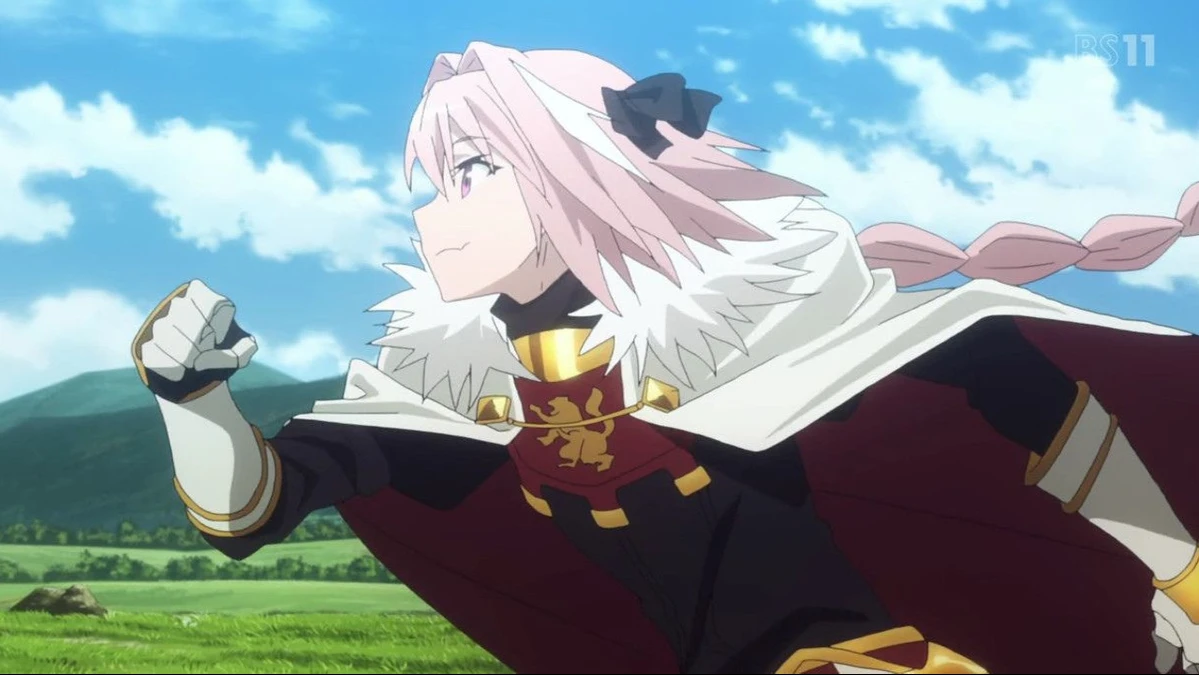anime femboys Introduction
anime femboys In the vibrant realm of anime, a peculiar phenomenon has taken the community by storm – anime fanboys. These enigmatic characters have captivated audiences with their striking blend of masculinity and femininity, leaving fans bewildered and intrigued. As we delve into the world of anime fanboys, we’ll explore their history, cultural significance, and the psychological and social aspects that contribute to their allure.
The Evolution of Anime Femboys
The concept of femboys in anime can be traced back to the 1970s when authors like Rumiko Takahashi and Keiko Takemiya began incorporating androgynous characters. Initially, these characters served as plot devices or foils to more traditional male characters. However, as anime evolved, so did the portrayal of femboys. The 1990s and 2000s saw a surge in popularity of femboys as main characters, particularly in shoujo manga and otome games.
This shift marked a significant turning point, as femboys transitioned from mere plot devices to complex, multidimensional characters. The rise of anime fanboys can be attributed to several factors, including the growing influence of Japanese pop culture, the increasing popularity of LGBTQ+ representation, and the desire for more diverse and inclusive storytelling.
The Anatomy of an Anime Femboy
So, what makes an anime femboy? The answer lies in their androgynous appearance, behavior, and personality traits. Anime femboys often possess a slender build, delicate features, and an elegant demeanor, blurring the lines between traditional masculinity and femininity. Their fashion sense is a fusion of both, with a penchant for elaborate hairstyles, ornate clothing, and accessories that defy gender norms.
Beyond their physical appearance, anime femboys are often depicted with a range of personality traits that challenge traditional gender roles. They may be gentle, empathetic, and nurturing, yet also fiercely independent, confident, and determined. This complex blend of traits makes them relatable and endearing to audiences worldwide.
Cultural Significance and Representation

Anime femboys have become a cultural phenomenon, transcending the world of anime and manga to influence broader conversations around gender, sexuality, and identity. By presenting androgynous characters in a positive and empowering light, anime femboys help challenge traditional gender norms and promote acceptance of non-binary individuals.
Moreover, anime femboys offer a platform for LGBTQ+ representation, providing a safe space for queer viewers to see themselves reflected in media. The impact of anime fanboys is evident in the growing popularity of gender-neutral fashion, beauty standards and the increasing visibility of non-binary individuals in media and pop culture.
The Power of Anime Femboys in Breaking Gender Stereotypes
Anime femboys have been instrumental in breaking down harmful gender stereotypes and challenging traditional gender norms. By presenting characters that defy categorization, anime femboys have helped to:
- Dispel Harmful Gender Binaries: Femboys blur the lines between traditional masculine and feminine norms, showcasing that gender is a spectrum rather than a binary.
- Challenge Toxic Masculinity: By embracing emotional expression and vulnerability, femboys challenge the harmful expectations placed on men and boys.
- Redefine Femininity: Femboys redefine femininity, showcasing that it can be strong, powerful, and complex, rather than weak and submissive.
The Impact of Anime Femboys on Mental Health and Self-Esteem
The representation of anime femboys has a significant impact on mental health and self-esteem, particularly for:
- Non-Binary and Genderqueer Individuals: Seeing themselves represented in media helps validate their identities and reduces feelings of isolation.
- LGBTQ+ Youth: Anime femboys provide a safe space for LGBTQ+ youth to explore their identities and feel seen.
- Anyone Struggling with Gender Norms: Femboys offer a fresh perspective on gender, helping viewers question and challenge harmful gender stereotypes.
The Future of Anime Femboys
As anime and manga continue to evolve, the representation of femboys is likely to:
- Become More Diverse: Expect more diverse femboys, including those from different racial and ethnic backgrounds.
- Take Center Stage: Femboys will continue to take on more prominent roles, driving plotlines and character development.
- Influence Other Media: The impact of anime fanboys will be felt in other media, such as Western animation and live-action films.
Conclusion
Anime femboys have revolutionized the anime and manga landscape, offering a fresh perspective on gender and identity. By challenging traditional gender norms and promoting inclusivity, femboys have become a beacon of hope for a more accepting future. As we continue to navigate the ever-changing media landscape, the allure of anime femboys serves as a reminder of the power of storytelling to inspire, educate, and connect us all.
